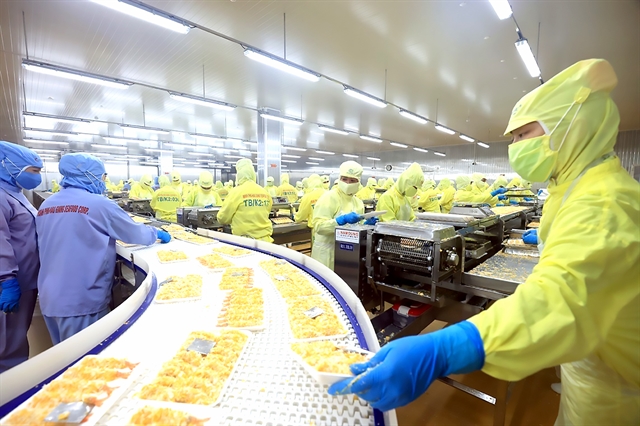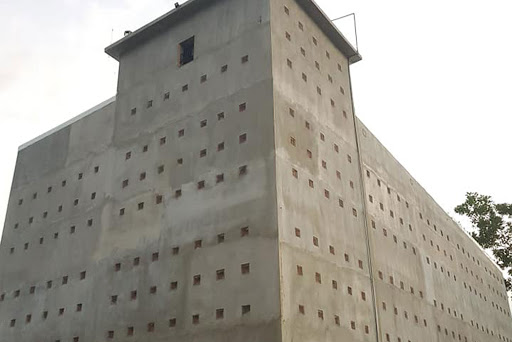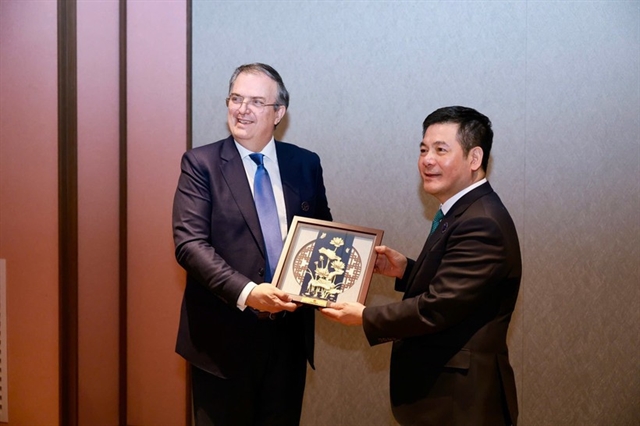 Economy
Economy


|
| A swift’s-nest farming place in Kiên Giang Province. — VNS Photo Văn Châu |
HCM CITY — Việt Nam's bird-nest exports are expected to be worth hundreds of millions of dollars when the world's largest market, China, opens up this year.
Chinese demand for bird’s nest is growing, but Vietnamese firms need to take new measures to officially export to that country rather than involve in informal border trade, the Ministry of Agricultural and Rural Development (MARD) said.
Đỗ Tú Quân, head of the Việt Nam Swiftlet Farming Association, said Vietnamese exporters hope the two countries would quickly reach agreement and the first order to China could be delivered this quarter.
Deputy Minister of Agriculture and Rural Development Phùng Đức Tiến said the industry has been developing rapidly in the country, mostly in the south, but the unofficial border trade has been resulting in low value and profits.
There are 20,000 nests farmed in 42 of the country’s 63 provinces and cities with approximately 120 tonnes worth US$450 million harvested annually, according to Tiến.
But exports to China account for only 8 per cent.
China banned import of bird’s nests of unclear origin from Việt Nam in 2011 following a fake products scandal.
It lifted the ban in 2015 and replaced it with tough rules aimed at improving safety and traceability.
Malaysia, Indonesia and Thailand have all completed legal procedures to export bird’s nest to China, but Việt Nam cannot export officially due to several reasons, including the lack of quality standards for the product and export standards.
In recent years MARD has sought to promote exports to foreign markets, including China.
Due to the impact of the COVID-19 pandemic, negotiations to export the product to China have mainly been conducted through online meetings but are almost complete, deputy director of MARD's department of livestock breeding, Nguyễn Văn Trọng, said.
Many swift breeding places are unhygienic, leading to a very high nitrate content in the nest, which does not meet export quality standards, but the association would help farmers overcome this, she said.
Việt Nam needs to build a brand name for its bird’s nest and develop production chains for it, she said.
Its bird’s nests eligible for exports could meet a third of the demand in China, opening up huge opportunities, she said.
The Vietnamese swift-breeding industry began to thrive in 2010, with its production accounting for 3 per cent of the global output.
While bird’s nests are a speciality with high economic value and one of the 10 most expensive dishes in the world, their production in the country remains far below traditional agricultural products, and they have yet to be classified as a key national product. — VNS




